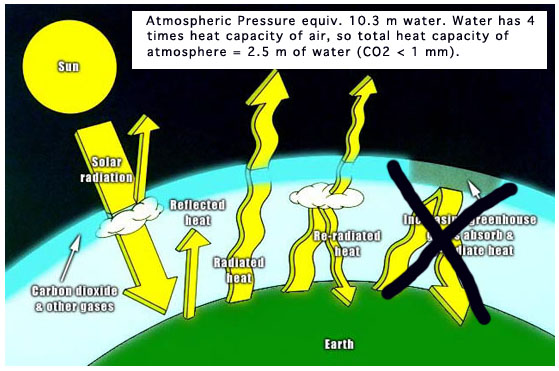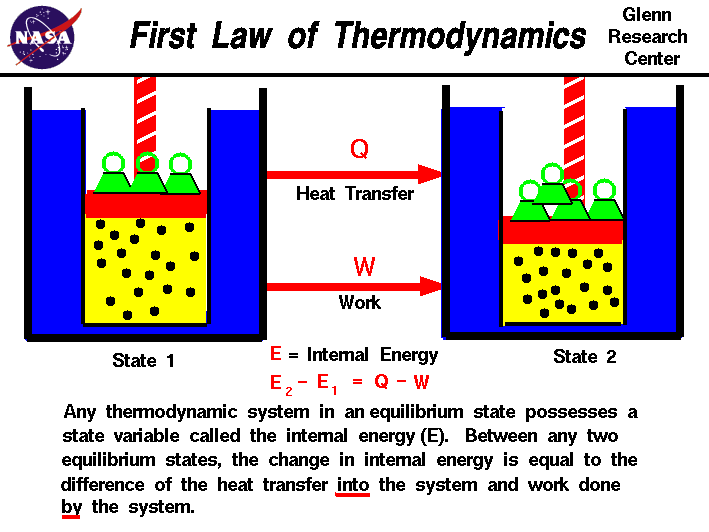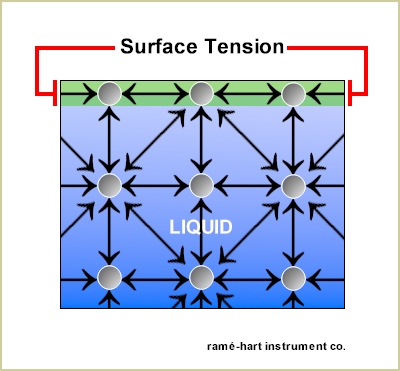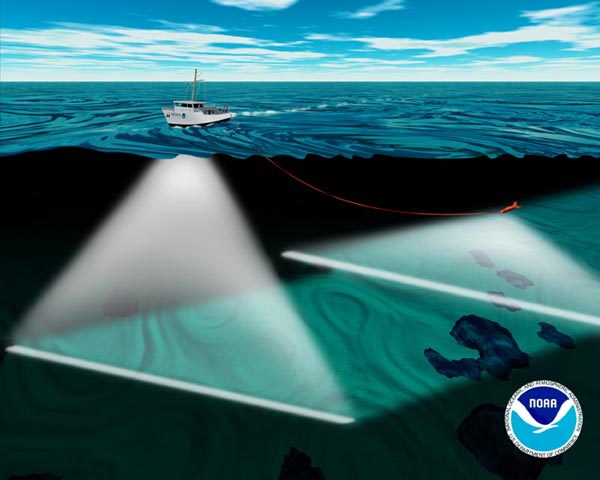1. Which is more dense: ocean water or fresh water, & why?
Ocean water is more dense that fresh water. Ocean water is more dense because of the salt in it. and the temperature, it gets more dense as temperature goes down.
2. How would global warming change water at the poles and the equator?
Warmer temperature could increase the amount of water vapor that enters the atmosphere. The result is a hotter, more humid environment. At the equator, changes are not expected to be large.
SOURCE: http://www.oceanographers.ru/podcast/wp-content/uploads/2008/11/antarctic_bottom_water_hg.png
SOURCE: http://www.nasa.gov/images/content/219452main_PIA10362-516.jpg
Thursday, March 28, 2013
Monday, March 25, 2013
Surface Water & Global Temperatures
1. Thermal Inertia: San Francisco and Norfolk, Virginia are on the same latitude why would Norfold, compared to SF, have warmer summers and cooler winters?
The air in San Francisco has moved over the ocean, while air in Norfolk has approached over land. Water doesn't warm as much as land in the summer, nor cool as much in winter.
2. Describe the different ways temperatures are "moderated" on Earth. Without moderate temperatures, Earth could not support life as we know it.
Water vapor absorbs heat and releases it slowly. At night when the humidity is high, the atmosphere retains heat, and nighttime temperatures stay somewhat high. On dry nights, with little water vapor to absorb heat, the atmosphere cools off rapidly.
SOURCE: http://www.ucar.edu/learn/images/radiate.gif
SOURCE: http://www.edfenergy.com/energyfuture/images/schematic/greenhouse-effect.jpg
The air in San Francisco has moved over the ocean, while air in Norfolk has approached over land. Water doesn't warm as much as land in the summer, nor cool as much in winter.
2. Describe the different ways temperatures are "moderated" on Earth. Without moderate temperatures, Earth could not support life as we know it.
Water vapor absorbs heat and releases it slowly. At night when the humidity is high, the atmosphere retains heat, and nighttime temperatures stay somewhat high. On dry nights, with little water vapor to absorb heat, the atmosphere cools off rapidly.
SOURCE: http://www.ucar.edu/learn/images/radiate.gif
SOURCE: http://www.edfenergy.com/energyfuture/images/schematic/greenhouse-effect.jpg
Tuesday, March 19, 2013
Thermal Characteristics of Water
1. Are heat and temperature same or different? Why?
Temperature is a physical property that is intensive. While heat is energy transferred from one body to another; and it is extensive.
2. What is the heat capacity of water?
4.18*10^3 J/kgK
3. How is the heat capacity of water unique?
It has a very large specific heat.
4. How does water's temperature affect its density?
Volume generally increases with temperature thus creating a change in its density.
SOURCE: http://www.aoi.com.au/bcw/Greenzilla/PL08-GreenhouseHeatCapacity.jpg
SOURCE: http://www.grc.nasa.gov/WWW/k-12/airplane/Images/thermo1.gif
Temperature is a physical property that is intensive. While heat is energy transferred from one body to another; and it is extensive.
2. What is the heat capacity of water?
4.18*10^3 J/kgK
3. How is the heat capacity of water unique?
It has a very large specific heat.
4. How does water's temperature affect its density?
Volume generally increases with temperature thus creating a change in its density.
SOURCE: http://www.aoi.com.au/bcw/Greenzilla/PL08-GreenhouseHeatCapacity.jpg
SOURCE: http://www.grc.nasa.gov/WWW/k-12/airplane/Images/thermo1.gif
Thursday, March 14, 2013
The Chemistry of Water
1. Describe how water molecules are bonded.
Each hydrogen nucleus is bond to the central oxygen atom by a pair of electrons that are shared between them.
2. Describe how the positive and negative charges of water are distributed.
The positive and negative charges are not distributed uniformly.
3. Describe the chemistry of water that allows an insect to walk on water.
Due to surface tension, a molecule within the bulk of a liquid experiences attractions to neighboring molecules in all directions, but since these average out to zero, there is no net force on the molecule.
4. What is unique about water and its density?
It varies depending on its state of liquid, solid, or gas.
SOURCE: http://farm4.staticflickr.com/3314/3544599250_68c3a55449_z.jpg?zz=1
SOURCE: http://www.ramehart.com/surface_tension.jpg
Each hydrogen nucleus is bond to the central oxygen atom by a pair of electrons that are shared between them.
2. Describe how the positive and negative charges of water are distributed.
The positive and negative charges are not distributed uniformly.
3. Describe the chemistry of water that allows an insect to walk on water.
Due to surface tension, a molecule within the bulk of a liquid experiences attractions to neighboring molecules in all directions, but since these average out to zero, there is no net force on the molecule.
4. What is unique about water and its density?
It varies depending on its state of liquid, solid, or gas.
SOURCE: http://farm4.staticflickr.com/3314/3544599250_68c3a55449_z.jpg?zz=1
SOURCE: http://www.ramehart.com/surface_tension.jpg
Tuesday, March 12, 2013
Sediment Core & History
1. Who is the author and what is she researching?
The author is Alyson Santoro, and she is researching microbes in the nitrogen cycle.
2. What technique did the researcher use that is especially good at recovering delicate sediments?
The technique is called "multieoring."
3. What happens to the samples after it is loaded onto the ship?
They look closely at the multibeam sonar images to find a relatively flat area of the bottom where the coring device can land.
4. What's the name of the research vessel?
The Melville.
SOURCE: http://upload.wikimedia.org/wikipedia/commons/5/54/Woelige_zee_met_schepen_-_Turbulent_sea_with_ships_%28Ludolf_Backhuysen%29.jpg
SOURCE: http://oceanexplorer.noaa.gov/explorations/05fire/background/mapping/media/multi_sonar_600.jpg
The author is Alyson Santoro, and she is researching microbes in the nitrogen cycle.
2. What technique did the researcher use that is especially good at recovering delicate sediments?
The technique is called "multieoring."
3. What happens to the samples after it is loaded onto the ship?
They look closely at the multibeam sonar images to find a relatively flat area of the bottom where the coring device can land.
4. What's the name of the research vessel?
The Melville.
SOURCE: http://upload.wikimedia.org/wikipedia/commons/5/54/Woelige_zee_met_schepen_-_Turbulent_sea_with_ships_%28Ludolf_Backhuysen%29.jpg
SOURCE: http://oceanexplorer.noaa.gov/explorations/05fire/background/mapping/media/multi_sonar_600.jpg
Subscribe to:
Posts (Atom)









